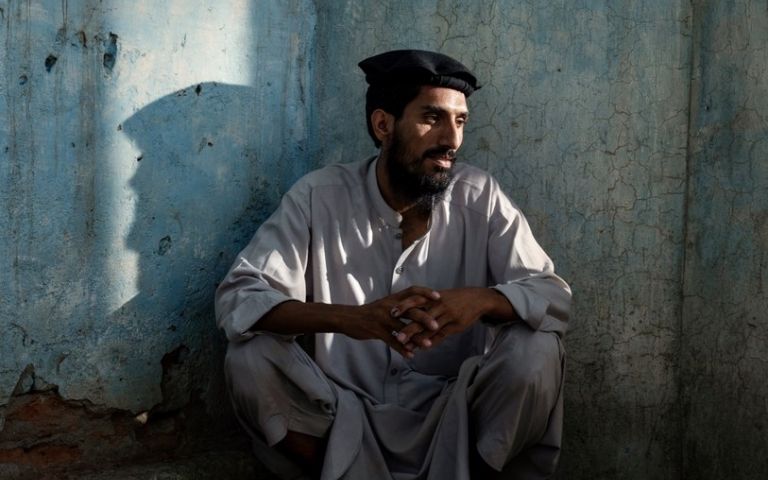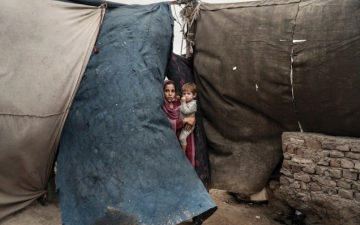On October 7, 2001, in a broadcast from the White House Treaty Room, President George W. Bush declared war against Afghanistan. “In the face of today’s new threat, the only way to pursue peace is to pursue those who threaten it,” he explained. The Taliban would be deposed within a couple of months. During a victory tour of the country, in 2003, Defense Secretary Donald Rumsfeld would announce, “We clearly have moved from major combat activity to a period of stability.” Since then, more than 2,000 Americans have been killed in Afghanistan and more than 20,000 wounded. The United States has spent about $800 billion on military operations and an array of economic, governance, education, health, gender equality, and counter-narcotics initiatives. Today, most Afghans live in poverty, corruption is endemic, literacy rates, and average life-expectancy rank among the lowest in the world, a third of girls become child brides, no country exports more illicit opium, and the national government controls less territory than ever before. Eighteen years after Bush’s Treaty Room address, American diplomats are negotiating an agreement that will likely involve a withdrawal of U.S. forces from Afghanistan and the restoration of the Taliban to some form of official power. What will become of the government and security forces that we created? What will happen to those who remain?
October 21, 2019 | The New Yorker
The Shattered Afghan Dream of Peace
Trump upended peace talks. Civilian casualties keep climbing. After 18 years of war, Afghans are suffering more than ever.

